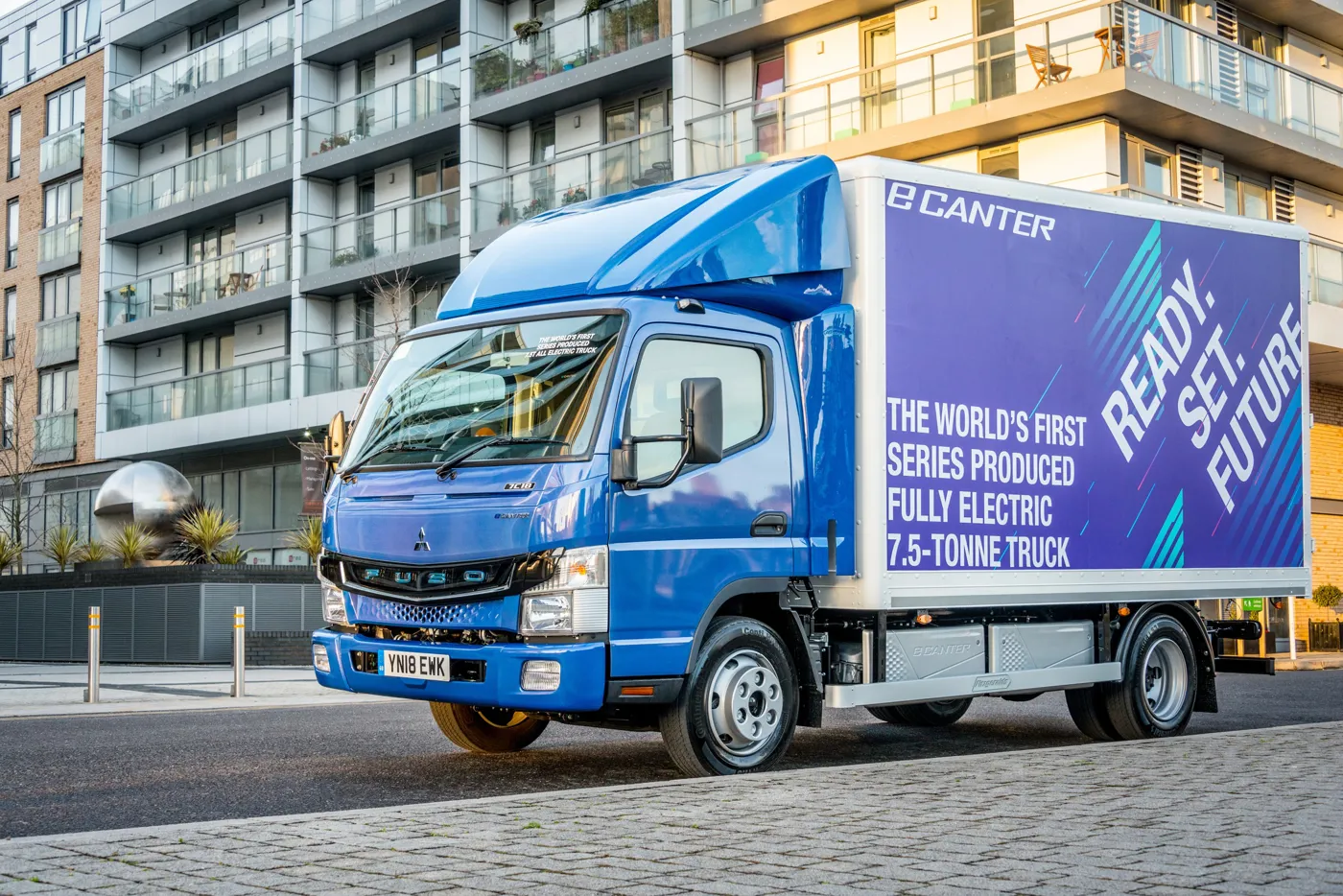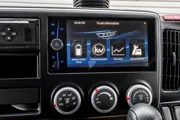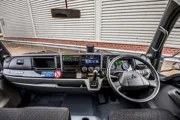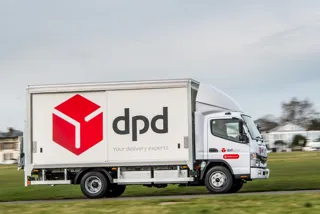Review
It seems every day we are hearing about a new electric van or truck, but in many cases, when you get past the headlines, it turns into an article about a one-off trial with a large fleet operator.
Since the eCanter launch in 2017, there are now more than 40 vehicles running in the United States, in excess of 60 trucks in Japan and 100 Fuso eCanters in Europe totalling 200-plus.
If you add all these together the total distance covered is now in excess of three million kilometres (a little less than two million miles).
So what makes the Fuso eCanter 7.5 tonne so popular, and what’s it like to drive?
The Fuso 7C16e 4x2 rigid eCanter is available with a 135kW (185PS) electrical motor which incorporates a reduction gear and 390Nm of torque and this delivers 1,100Nm at the propeller shaft. The approach by Fuso for its batteries is typical of a Daimler Trucks company, as they use a modular format and these are individually rated at 13.8kWh.
In the case of the 7.49-tonne gross vehicle weight eCanter, this uses six modular packs giving a total gross energy availability of 82.8kWh, although only 66kWh is usable due to the need for the batteries to retain a minimum amount of energy for critical operational systems.
One of the major drawbacks of battery electric trucks is the weight of the batteries and, therefore, the potential effect it has on the available payload. In some cases, the payload has been compromised to the point of making virtually uncommercial but that’s not the case with the eCanter.
The weights are almost on a par with the diesel equivalent. This means it has a body and payload capacity of 4,200kgs and, in the case of the road test truck which had an 18ft Fitzgerald tipping box body and Aerodyne roof deflector and side collars, it still had a payload of 3,190kgs.
These numbers start to dispel a few of the myths associated with battery electric trucks although, of course, there are other factors to be taken into account to make it ideal. The 3.4m wheelbase truck sits on 205/75R 17.5C tyres all round and the plated weight of the steel suspended front axle was 3,100kgs. The rear also has rear steel suspension rated at 5,540kgs, allowing for a weight loading tolerance of more than a tonne.
The Fuso eCanter uses the virtually universal Type 2 connecter and can be charged either via AC or DC. It takes around 11 hours on a 7kW AC charger or 60 minutes on a 50kW DC charger to go from zero to 80%.
When fully charged, the eCanter has a range of around 62 miles which, according to the Fuso team, will satisfy many of the final mile and urban delivery companies.
The eCanter cab is in the mould of the Asian designed trucks, with a forward control cab that sits close to the ground once again adding to its urban delivery credentials. Inside, there’s a Truckconnect infotainment system with radio, sat-nav, Bluetooth, complete with battery monitoring display and real-time telematics. Automatic air conditioning with e-Cabin heater adds to the comfort.
It takes one step to get into the eCanter cab and together with the large windows it offers a great view all round, essential for urban deliveries.
The eCanter is the world’s first series production battery electric truck and it makes sense in so many ways. Urban zero emission delivery and with a chassis/body payload in excess of four tonnes it could replace three vans reducing congestion as well!





















